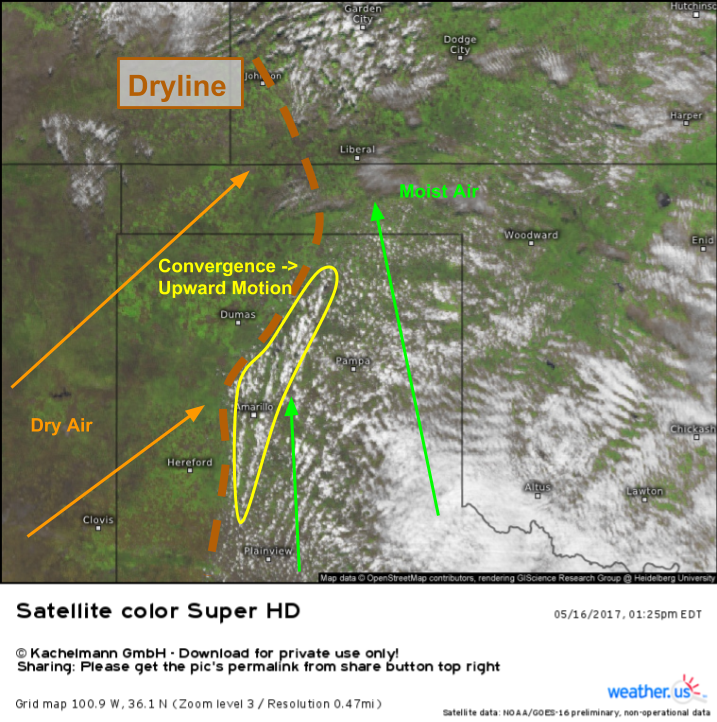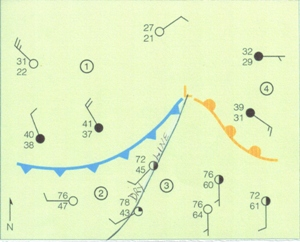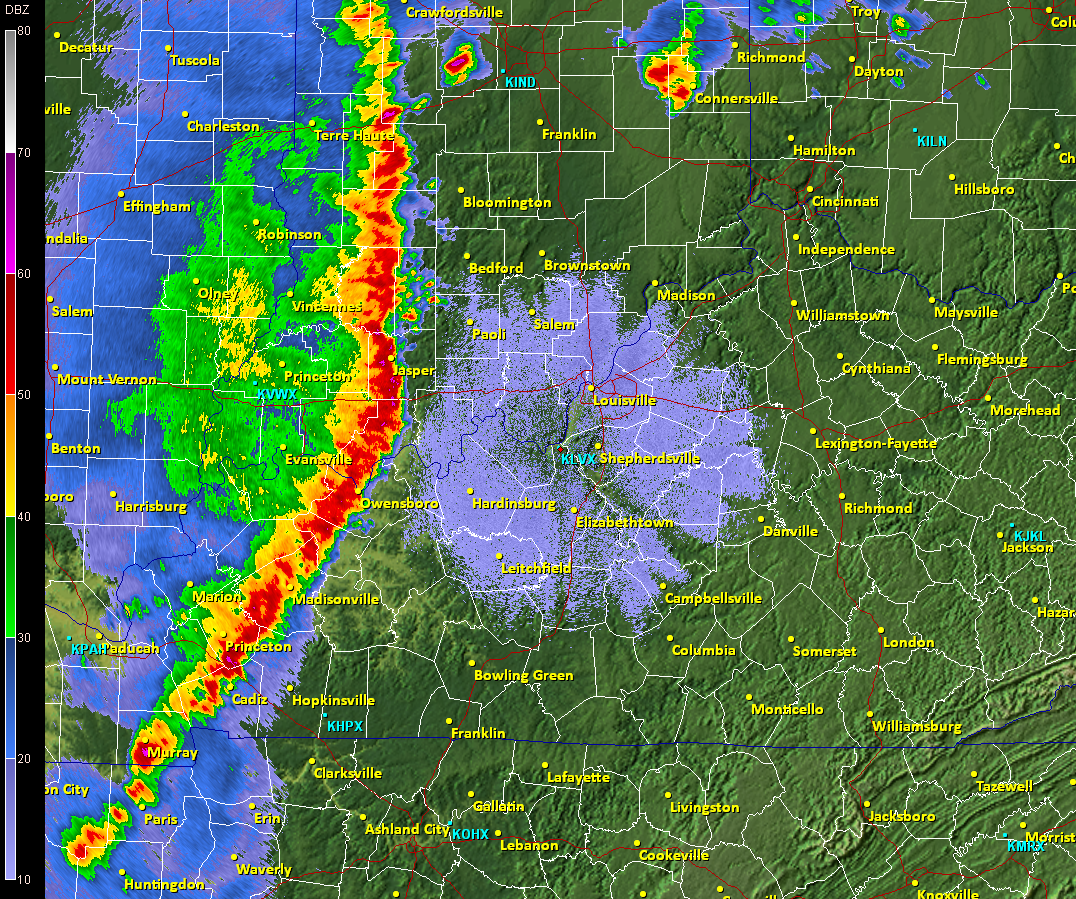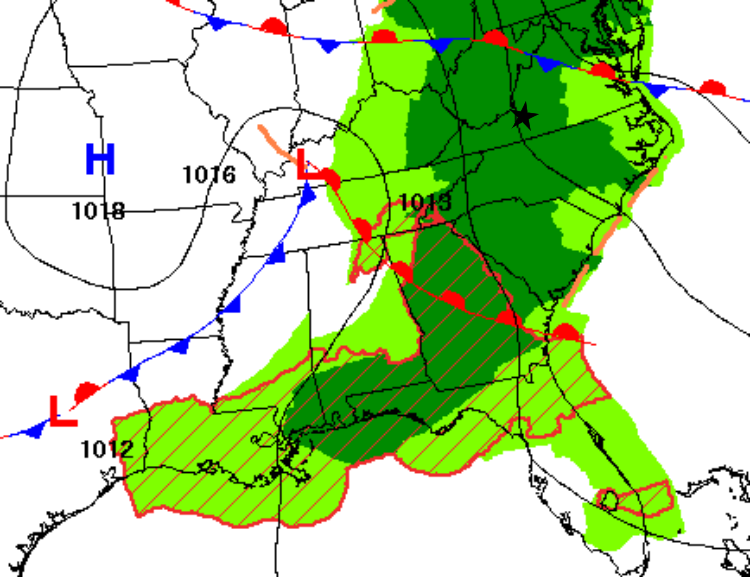Dry Line Weather Map
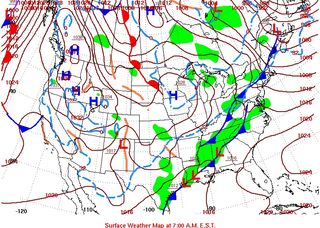
West of the dry line dew.
Dry line weather map. It typically lies north south across the central and southern high plains states during the spring and early summer where it separates moist air from the gulf of mexico to the east and dry desert air from the southwestern states to the west. The dry line typically advances. Dry line a boundary separating moist and dry air masses. The location of the dryline may not be marked with a surface pressure trough or shift of the wind direction.
It typically lies north south across the central and southern high plains states during the spring and early summer where it separates moist air from the gulf of mexico to the east and dry desert air from the southwestern states to the west. Dew points ahead of the dry line typically range from the upper 50s to low 70s with winds from the southeast. Dry lines are most commonly found just east of the rocky mountains separating a warm moist air mass to the east from a hot dry. Heavy rain persists from the mid mississippi valley to the deep south.
The dryline is a spring and summer feature that is critical in severe weather forecasting. Fairly typical summer weather continues. A warm front can initially bring some rain followed by clear skies and warm temperatures. On a weather map a warm front is usually drawn using a solid red line with half circles pointing in the direction of the cold air that will be replaced.
Warm fronts usually move from southwest to northeast. It bulges more to the east underneath the location of the highest winds within the jet stream. Severe storms and heavy rain can be expected along a nearly stationary front in the northern plains. Severe weather frequency in the great plains.
It typically lies north south across the central and southern high plains states during the spring and early summer where it separates moist air from the gulf of mexico to the east and dry desert air from the southwestern states to the west. The dry line is the boundary between dry and moist air masses east of mountain ranges with similar orientation to the rockies depicted at the leading edge of the dew point or moisture gradient. Drylines most often occur in the plains states and can trigger thunderstorms that produce tornadoes. A dry line marks the boundary between a moist air mass and dry air mass.
The dry line is the yellow scalloped line on a weather map. Dry conditions combined with gusty winds will produce critical fire weather threats from the central great basin to the central rockies. A dry line is a boundary that separates a moist air mass from a dry air mass. Its location is close to the location of the 55 f 13 c isodrosotherm or line of equal dewpoint.

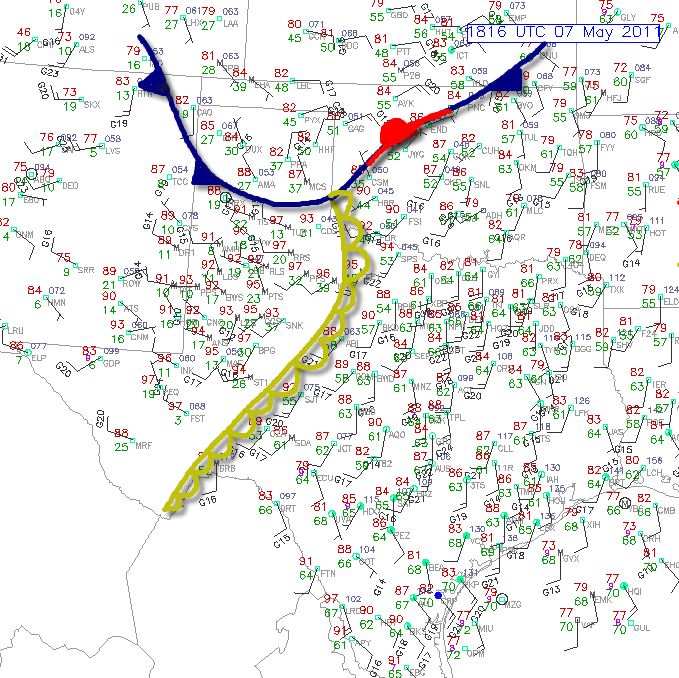

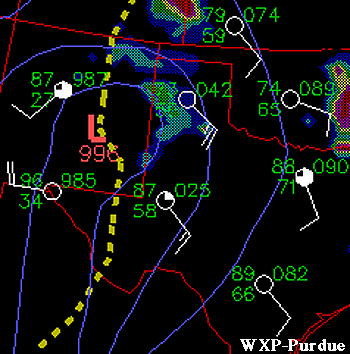
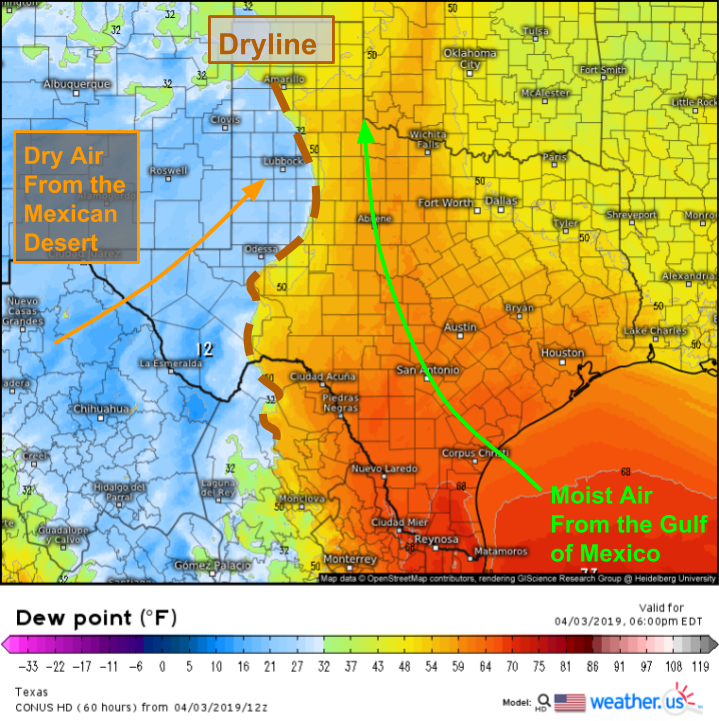
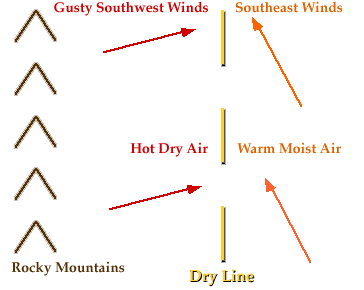
/imaginary-weather-map-of-the-united-states-of-america-859321066-5af09d0f0e23d90037d5c819.jpg)
/imaginary-weather-map-of-the-united-states-of-america-859321066-5af09d0f0e23d90037d5c819.jpg)






